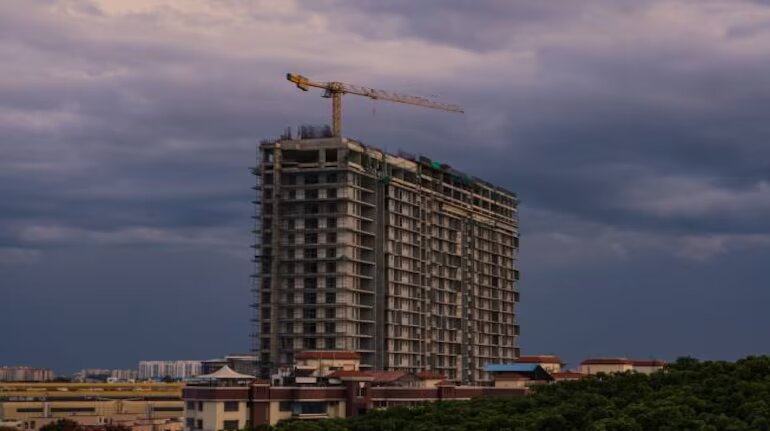Top 10 micro markets in India account for 62 percent of green office building supply: Report

Top 10 micro markets in India account for 62 percent of green office building supply: Report
The analysis also stated that it is anticipated that two-thirds of the micro markets stock will continue to contribute to CO2 emissions by 2040, which might jeopardize efforts to meet the 1.5 degree global temperature rise target set forth in the Paris Agreement.

A research released on November 7 by KPMG in India and Colliers states that the majority of India’s stock of green buildings—62 percent—is found in the top 10 micromarkets.
The Delhi NCR (National Capital Region)-Noida Expressway, the Outer Ring Road, Whitefield, and other startup brewing districts (SBDs) in Bengaluru, the SBDs in Hyderabad, Chennai’s Old Mahabalipuram Road Zone 1, Kharadi in Pune, and Navi Mumbai are among the micro-markets.
According to the report Sustainable Real Estate: An Opportunity to Leverage, there was a notable change in the office real estate market towards sustainability in 2023, with an 83 percent increase in the supply of green offices compared to 2016.
Currently, 421 million square feet (msf) of Grade-A office stock in metropolitan and Tier-1 cities—Bengaluru, Delhi-NCR, Hyderabad, Mumbai, Chennai, and Pune—have a considerable amount of green penetration.
Furthermore, according to 94 percent of real estate companies questioned, green buildings have the potential to increase valuation.
“This surge in interest aligns with the increasing demand for energy-efficient buildings, given the projected doubling of global building floor area in the next three decades,” said the research.
As for the supply side, it stated that by adhering to widely used green building rating systems like LEED (Leadership in Energy and Environmental Design), Green Rating for Integrated Habitat Assessment (GRIHA), and WELL building certification, developers are consciously working to create sustainable commercial real estate.
The study also noted that there is room for improvement to enhance building performance in 16–26% of the top six cities’ aging structures.
Over 61 percent of India’s Grade-A office property is made up of green-certified office buildings, which have nearly doubled in size to an amazing 421 msf since 2016. This demonstrates occupants’ and developers’ growing dedication to sustainability,” said Colliers India CEO Badal Yagnik.
Danger not past
According to the report, the real estate industry contributes significantly to global carbon emissions, making up over 40% of all emissions.
Roughly two-thirds of the current building stock is predicted to continue contributing to carbon dioxide emissions by 2040, which will put pressure on the Paris Agreement’s goal of keeping the increase in global temperature to 1.5 degrees.
“Energy-efficient solutions, such as solar panels, green roofs, and automated HVAC (heating, ventilation, and air conditioning) systems, can reduce waste by 70% and save operating costs by 10% annually. Neeraj Bansal, partner, co-head, and COO, India Global, KPMG in India, noted that, notably, about 56% of the stakeholders shared high importance for sustainable buildings since these may have a 5–10% higher valuation and high occupancy rates and allow them to be better positioned to succeed in a rapidly changing market.
Also Read: HP India MD Ipsita Dasgupta buys Rs 22.52-crore apartment in Mumbai






